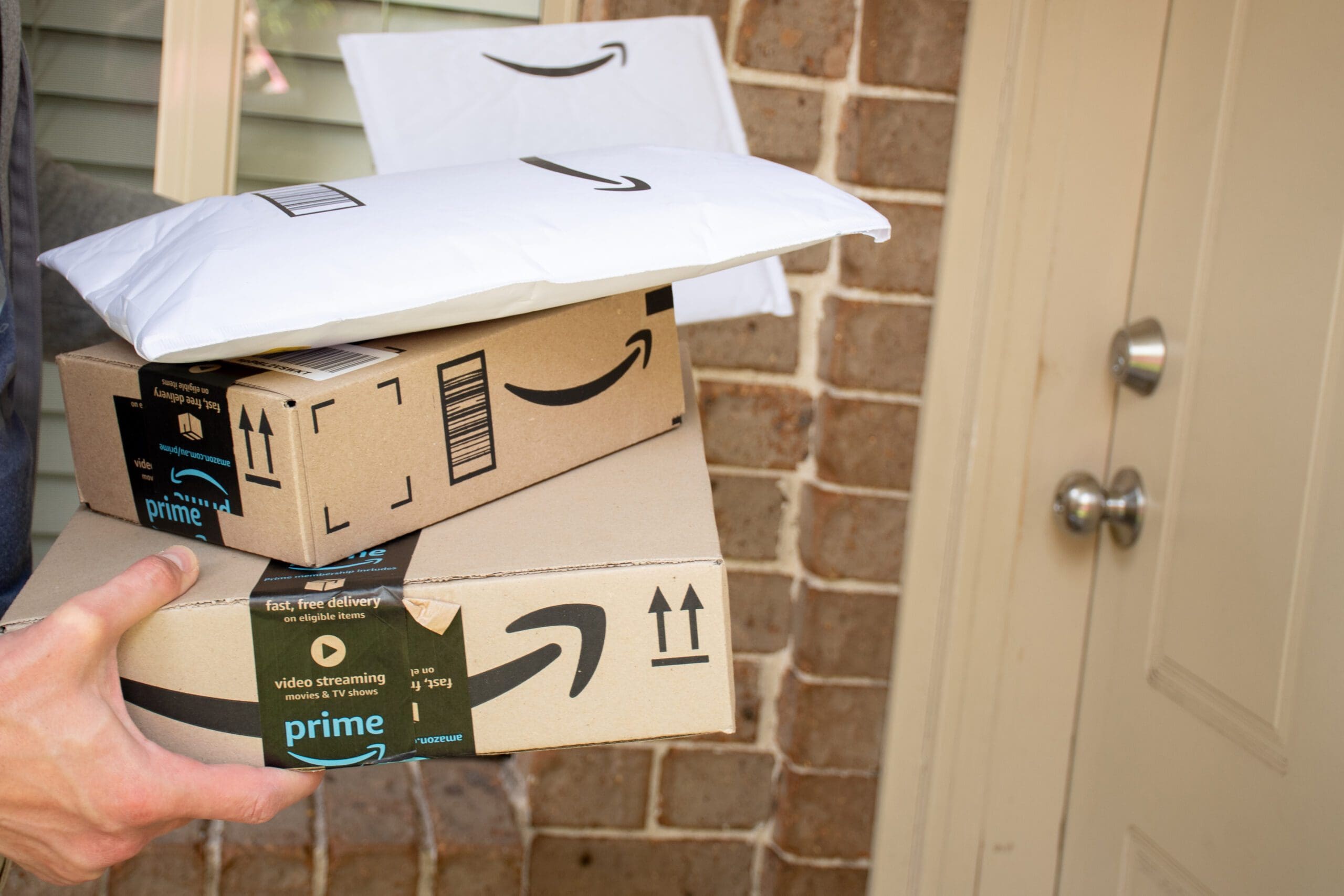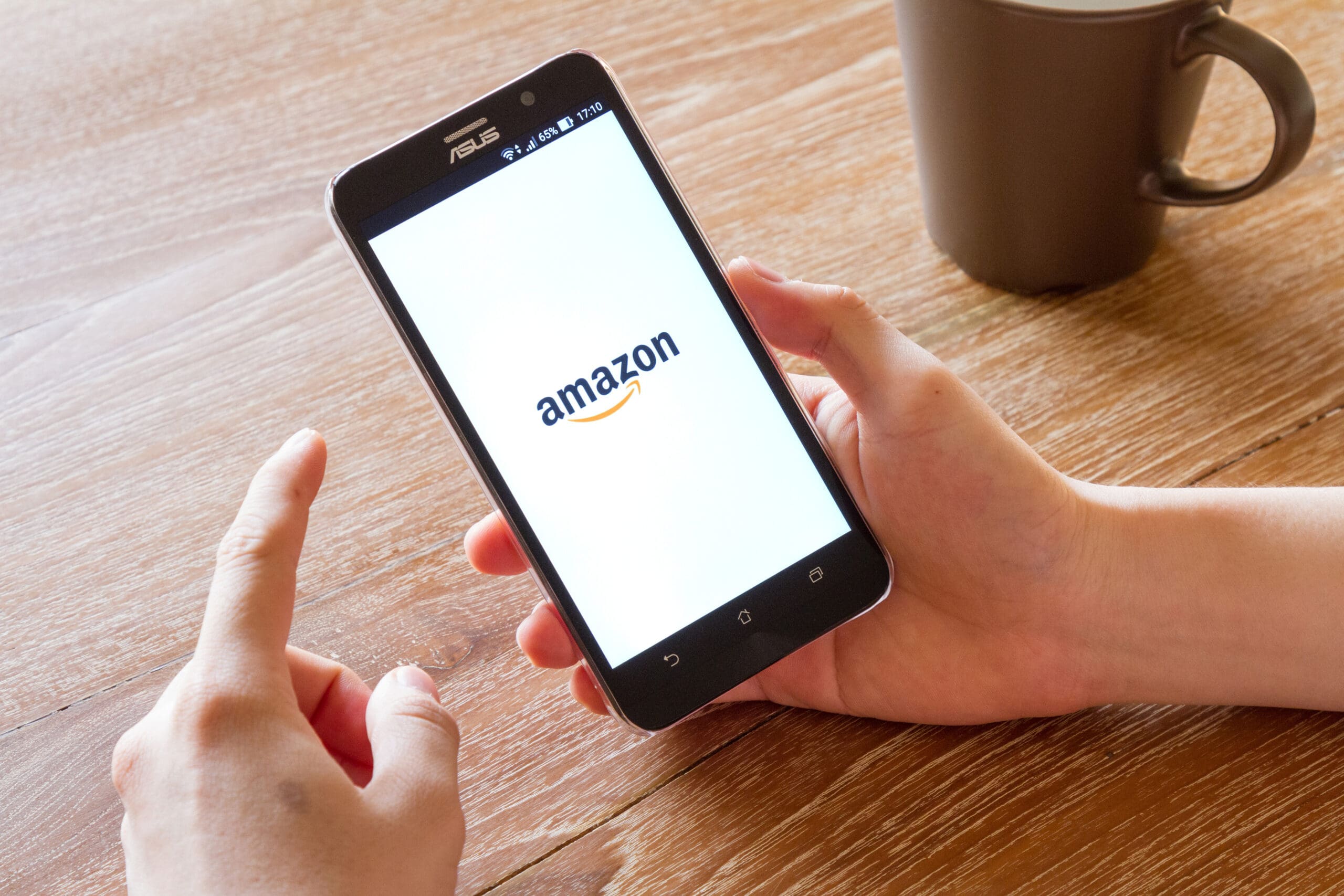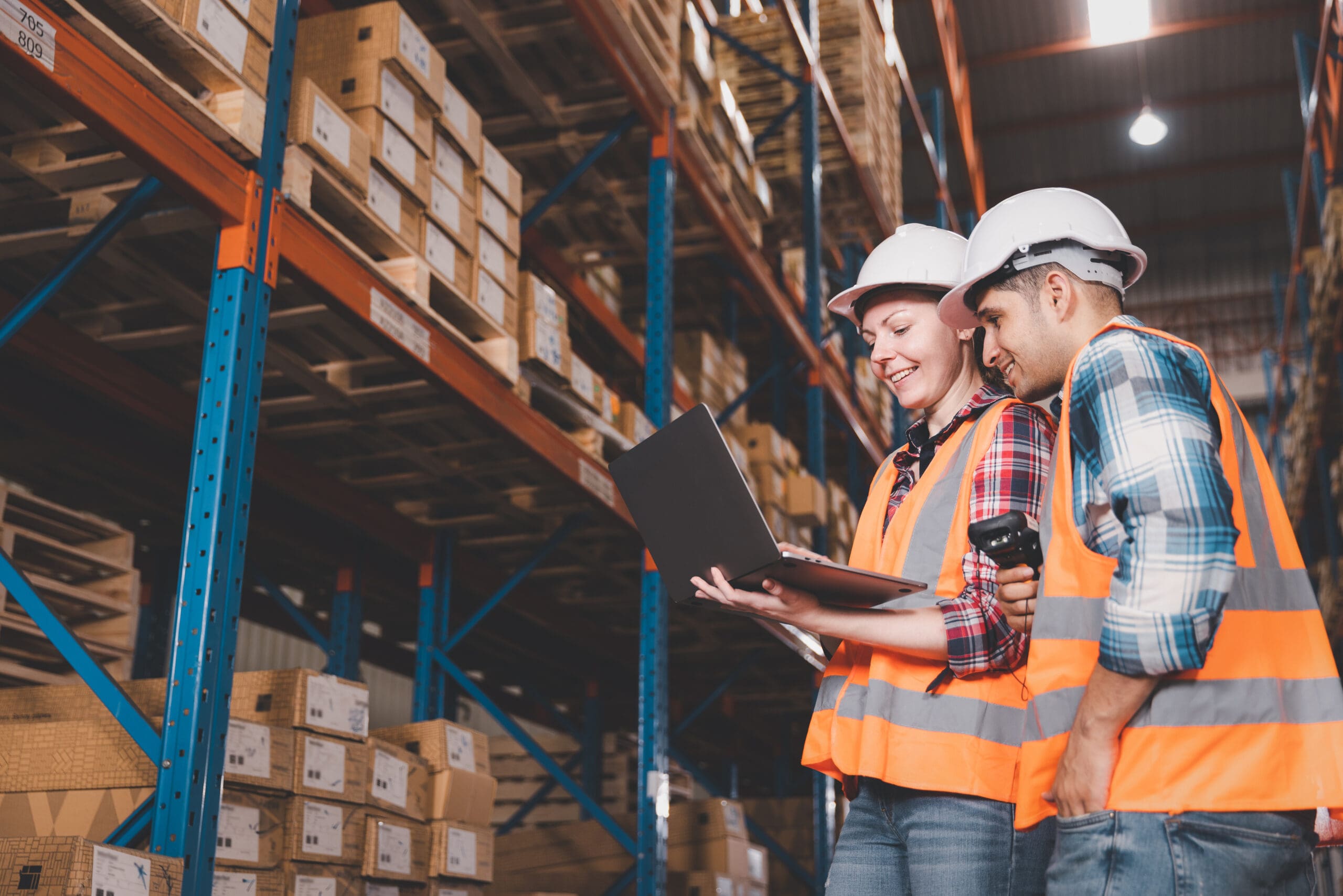Community is the buzzword of the moment. It seems like every startup is hiring for a Head of Community (PS checkout our job board because maybe the startup of your dreams is hiring for a Head of Community!)
But what does community actually mean?
According to our founder Brian Folmer, “community is what happens when the brand leaves the room.”
With this definition in mind, we reached out to two people who built communities that fit this description:
Greg Ashton, the founder of GROW, a community for ecomm and DTC brands and Mattie Ellis, the Head of Brand Partnerships at Pop Up Grocer and Emily Schildt’s right hand woman.
Both GROW and Pop Up Grocer have serious traction.
Back in August, GROW hosted a sold-out, in-person event in NYC with hundreds of attendees and an impressive line-up of speakers.
In May, Pop Up Grocer wrapped up its Chicago pop-up where thousands of people walked through its doors to discover new and exciting products.
We know your time is precious, so we made a little TLDR to identify some key points on “community” 😉.
To read the full interviews keep scrollin’.
TLDR:
Scale your community with intention AKA have a set of standards
- Greg has 20K members in GROW. He looks at every application and asks himself a series of questions to determine if the applicant is the right fit.
- Pop Up Grocer showcases emerging brands. It’s Chicago pop-up had 400+ new products. Mattie vets every single one of these brands to ensure it meets Pop Up Grocer’s criteria on nutrition, founder story, packaging, and sustainability.
Community isn’t a one-off thing, you have to constantly nurture it
- In addition to hosting IRL events, Greg hosts a series of Google Hangouts where like-minded marketers can connect, share tips & industry expertise.
- Even in the pandemic, Pop-Up-Grocer showed up. Last June, it opened a 30-day pop-up in Austin. Through this activation, it donated 5% of all sales to All Together ATX, a COVID-related community fund.
Don’t forget about the power of IRL experiences. Every community needs a physical forum to meet and connect. It can’t all happen online.
- As Mattie Ellis says, “ From day one we have viewed the increase in online shopping as an opportunity for our business — not the threat. We’re excited to continue building on the complementary experiences we create, both online and off.”
Event planning starts a year in advance. As soon as the big event is over, planning for the next one begins.
- Greg is already well into planning the next GROW event in LA on Feb 24,2022
- Pop Up Grocer is gearing up for its next launch in 2022 that puts another spin on the traditional brick-and-mortar grocery.
Greg Ashton
- Greg is the founder of GROW and sustainable sock brand Inside Story
- GROW is a global community of online retail brands, technology providers, investors and agencies. GROW has 20K members, an active Slack group with 4K+ members, and a newsletter with ~17K subscribers.
I’m an alien who came to earth for a day. How would you explain GROW to me?
At its core, GROW is a community of marketers.
I believe we live in a time where most people lack a sense of belonging that comes from being a part of a “traditional” community.
With GROW, I’m trying to solve this lack of community, and I’m guided by these questions:
- How do I build a true, authentic community that people want to be in?
- How do I create a community where people are interested in what others have to say?
- How do I build a community that people get value from and then tell other people about?
How do you define community?
Three years ago I saw a quote on Twitter that perfectly summed it up:
Every business today claims to have a community, but if you’re not actually Fostering Connections between your members, you don’t have a community. You just have an audience.
Building a community is not rocket science. The most crucial part of it is to get out of the way and let your members talk to each other.
GROW started as a Slack group with 15 members. Now the Slack has 4K+ members. How did you make that happen?
My background is in e-commerce. I ran a large, e-commerce trade show in Palm Springs for several years.
The initial 15 members were founders from emerging brands that were going against the grain and setting new trends.
It didn’t take a lot of convincing to get them to join. I wasn’t selling them a product or asking them to buy something.
When you offer something with value for free, it makes it very hard to say no.
When you started GROW what milestones did you set for yourself?
My first goal was simply to hit 1000 members. That first 1000 was the hardest to hit but growth was exponential after that.
Starting something is really, really hard in the beginning but it does get easier.
In the early days, many people said monetize the group as quickly as possible, charge a membership fee, add vendors to the group, include advertising in the newsletters, and so on. I was adamant that we should keep everything free, and it still is.
What was it like to throw the first GROW live event?
I created trade shows for a long time, so I knew how to plan & execute a large scale event.
I didn’t want to throw an event that felt like a typical trade-show. We held our first event in a converted factory. It was a big, raw empty space which was pretty cool.
However, the hardest part was figuring out whether or not people would show. I have this recurring dream that nobody shows up and I’m standing on a stage in a completely empty room.
It’s normal to be nervous about guest turnout because there’s a lot of money, sponsorship, and reputation at stake.
Also most people don’t realize this but the day we finish a big event, planning starts for next year’s event. It takes a full year to plan an event of this scale (GROW in-person events have 700+ people attending).
As your community scales, how do you ensure it keeps its value and intention?
I think you have to be very selective with who you actually admit to that community.
When reviewing GROW membership applications, I ask myself these questions:
- Is this person an expert in a particular area?
- Do they have a strong or different opinion?
- Is this person shaking things up?
- Is this person adding value to the world of e-comm?
It’s also important to give people a physical forum to meet and connect. I think Comic-Con is a great example of this!
What do the next 12 months look like for GROW?
I’m going to be hiring!
We’re going to throw more in-person events in Los Angeles and New York. I also want to bring GROW over to the UK.
Most importantly, I’ll continue to bring people together in unexpected ways that lead to lasting relationships!
Mattie Ellis
- Mattie is the Head of Brand Partnerships at Pop Up Grocer and she runs her own consultancy for emerging CPG brands.
How does Pop Up Grocer (AKA PUG) define community?
Community is an integral to our success and sits at the heart of our business.
And as with any community, ours is defined by shared interests and values (grocery/CPG, curiosity, small business, creativity).
It’s made up of the network of emerging brands we serve, our loyal visitors, and industry collaborators.
We act as a connector between key players in the CPG world — introducing early adopters and tastemakers to the most exciting, new brands, and vice versa. On the B2B side, we create a space for influential buyers and investors to discover new brands, helping them build their roadmap for future growth.
Does PUG work with brands that already have a strong community?
In curating our showcases, we prioritize emerging brands. Oftentimes, being very new-to-market, these brands are in the early stages of developing their own audiences.
Our selection process is focused more so on criteria like nutrition, founder story, packaging, and sustainability. If brands already have a strong following, that’s a bonus!
I’ve noticed a serious increase in attention to launch strategy, given the competition in CPG. From crowdfunding to celebrity endorsements, brands seem to be getting increasingly creative and community-minded at earlier stages.
How does PUG retain a loyal community as a pop-up?
On the brand side, we retain loyalty through successful activations, organized communication, and creative collaboration.
On the consumer side, we retain loyalty through consistency. Shoppers know that every brand on our shelf has been thoughtfully reviewed, selected, and received our PUG stamp of approval. They also trust that our shelves will always have the newest, most exciting brands, and that they’ll be some of the first out there to experience the products.
By consistently delivering on this element of discovery, we’re able to build and retain authentic engagement.
What do the next 12 months look like for PUG?
We’ve got some very exciting things in the works! We’re leveling up on all fronts. We’ll be introducing ourselves in an entirely new format, set to launch in 2022, that puts yet another spin on the traditional brick-and-mortar grocery.
From day one we have viewed the increase in online shopping as an opportunity for our business — not the threat.
We’re excited to continue building on the complementary experiences we create, both online and off. And, as always, I’m thrilled about the brands we’re working with. We always aim to outdo ourselves!
This is a guest post from Firstlook. FirstLook cuts the friction between founders and investors by sending innovative products from emerging, high-growth consumer brands directly to early-stage investors via a subscription box.









